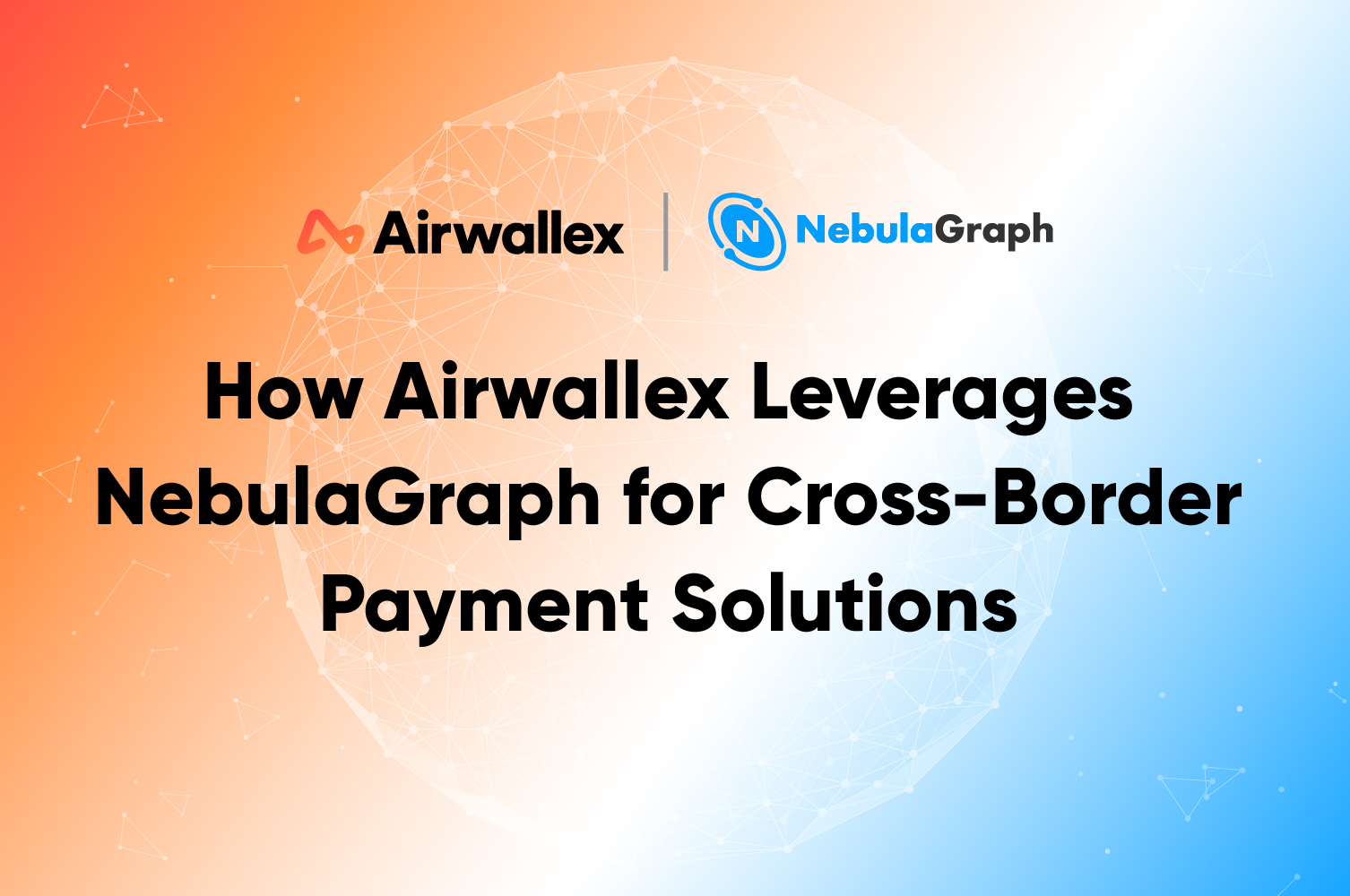Graph-computing
Scaling Connections: How Graph Computing Solves Modern Data Complexity
Imagine a world where your data isn’t trapped in silos but connected like constellations, revealing hidden patterns that drive smarter decisions. Welcome to graph computing —the secret sauce powering today’s most innovative applications, from fraud detection to personalized recommendations. Let’s explore this transformative technology and how organizations are using it to turn complexity into competitive advantage.
Decoding Graph Computing vs. Graph Databases
While often used interchangeably, these terms represent distinct concepts. Graph computing is the process of analyzing relationships to solve complex problems, like finding the quickest delivery route or detecting fraud rings. It’s the "brain" that applies graph theory to uncover insights.
Graph databases , on the other hand, are the "memory" that stores data as nodes (people, products) and edges (connections like "purchased" or "viewed"). They’re optimized to retrieve and manage these relationships efficiently. For example, a graph database might store billions of social media interactions, while graph computing algorithms analyze those connections to recommend new friends.
Think of it like cooking: the database holds the ingredients, and graph computing is the recipe that turns them into a meal.
Why Graph Computing Matters Now More Than Ever
Traditional databases struggle with connected data. Relational systems require costly JOIN operations for relationship queries, while NoSQL solutions lack native support for multi-hop traversals. Graph computing solves this by:
- Speed : Analyzing millions of relationships in milliseconds.
- Flexibility : Adapting to evolving connections, like social networks or supply chains.
- Scalability : Handling billions of nodes and edges without slowdowns.
This capability is critical in modern applications. For example, Netflix uses graph computing to analyze viewing habits and suggest content that keeps users engaged. PayPal maps transaction patterns to stop fraud rings in real time.
How Graph Databases Enable Graph Computing
Graph databases are the foundation for efficient graph computing. Leading solutions offer unique strengths:
NebulaGraph excels in real-time transaction processing at massive scale. It handles 10 billion+ edges natively, making it ideal for applications like ride-sharing route optimization or real-time fraud detection. Its SQL-like query language (nGQL) simplifies adoption, while open-source flexibility reduces vendor lock-in.
Neo4j focuses on deep analytical workloads, with a rich library of graph algorithms for tasks like community detection. However, its performance declines with datasets exceeding 1 billion nodes.
TigerGraph targets enterprise-scale pattern matching, offering 35+ built-in algorithms and strong integration with machine learning tools. Its GSQL language appeals to SQL-proficient teams but requires more resource-intensive infrastructure.
Amazon Neptune simplifies cloud deployments for AWS-centric teams but lacks the hybrid flexibility of self-hosted solutions like NebulaGraph.
Final Thoughts: From Complexity to Clarity
Graph computing isn’t about replacing your current systems—it’s about connecting them in ways that create exponential value. Whether you’re building a fintech startup or optimizing a manufacturing empire, the right solution turns data into discoveries.
Ready to Begin?
- Explore NebulaGraph’s playground for hands-on learning
- Dive into the Graph Database Community for peer insights
- Test your use case with the 14-day free trial offered by NebulaGraph Cloud


